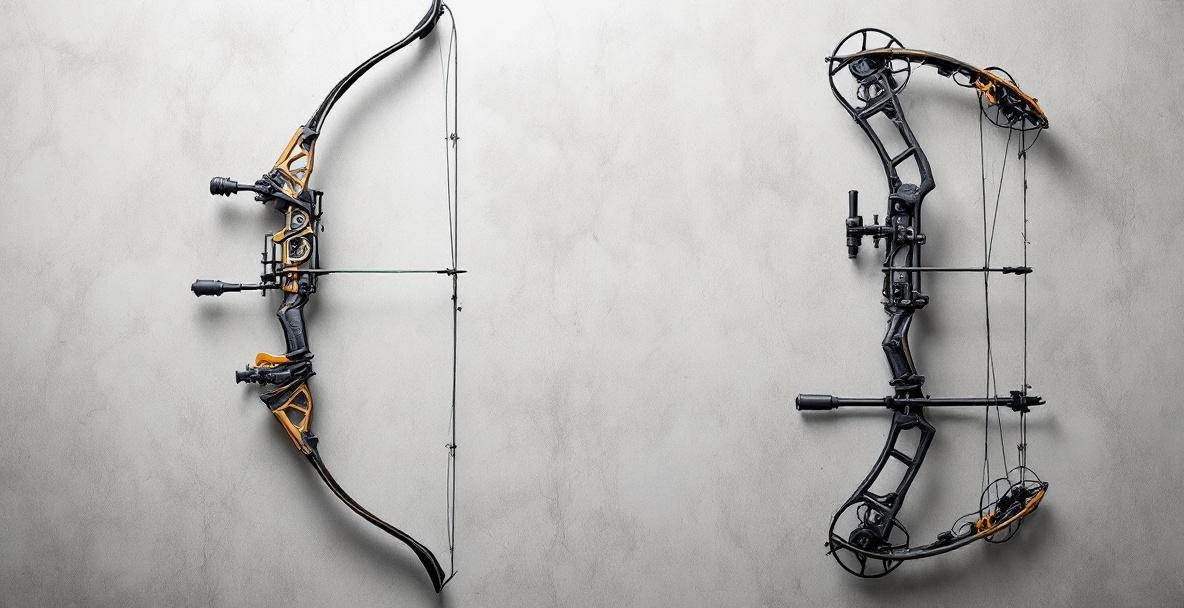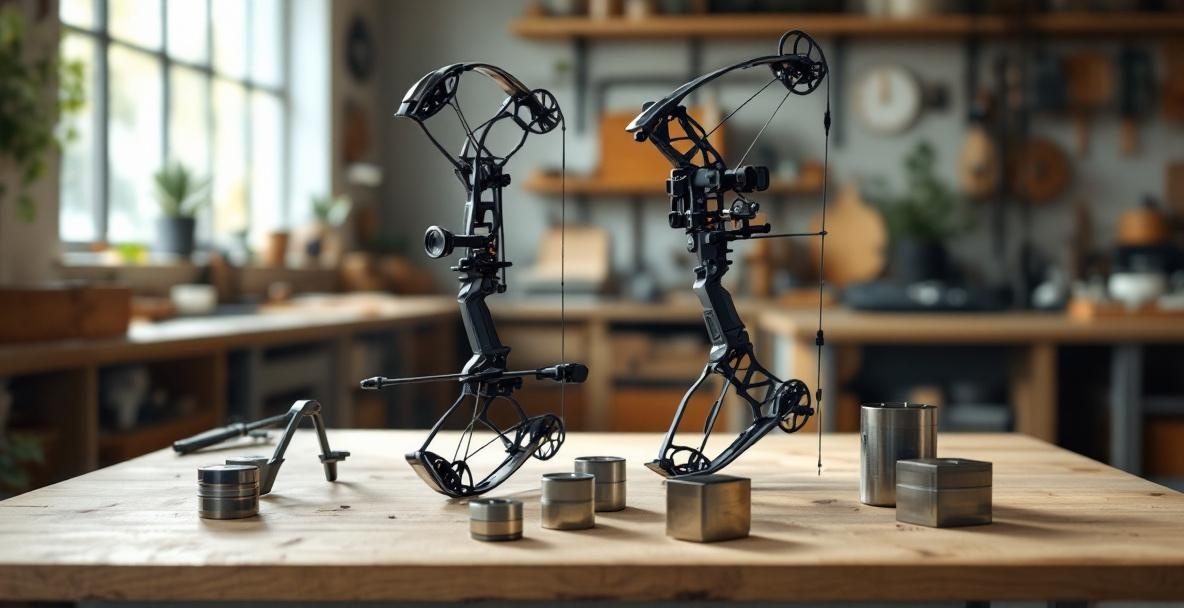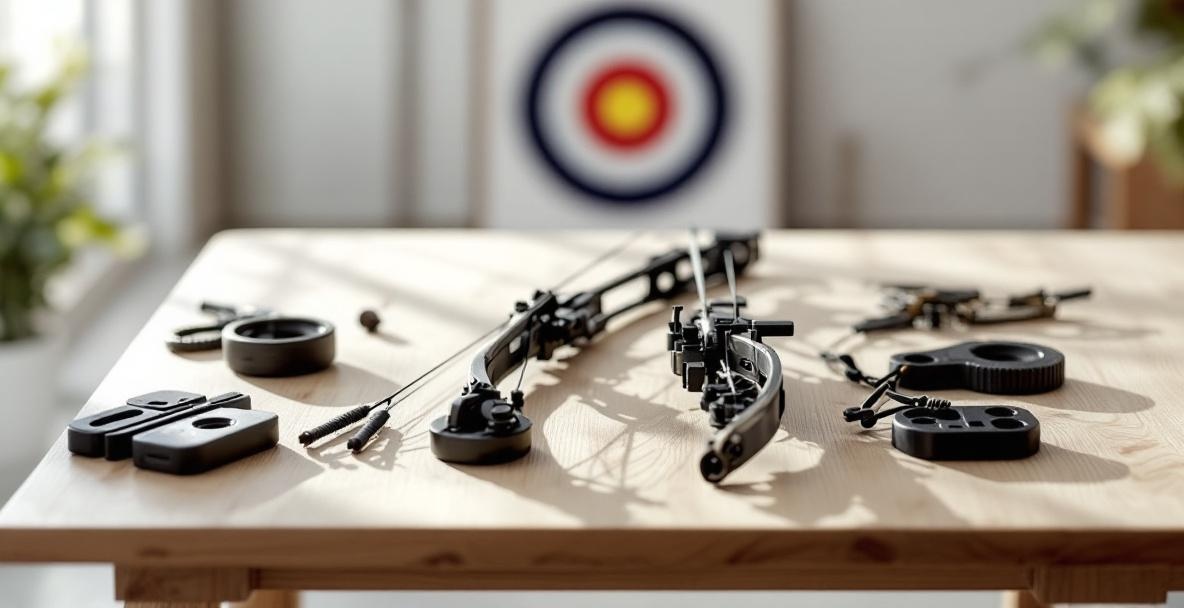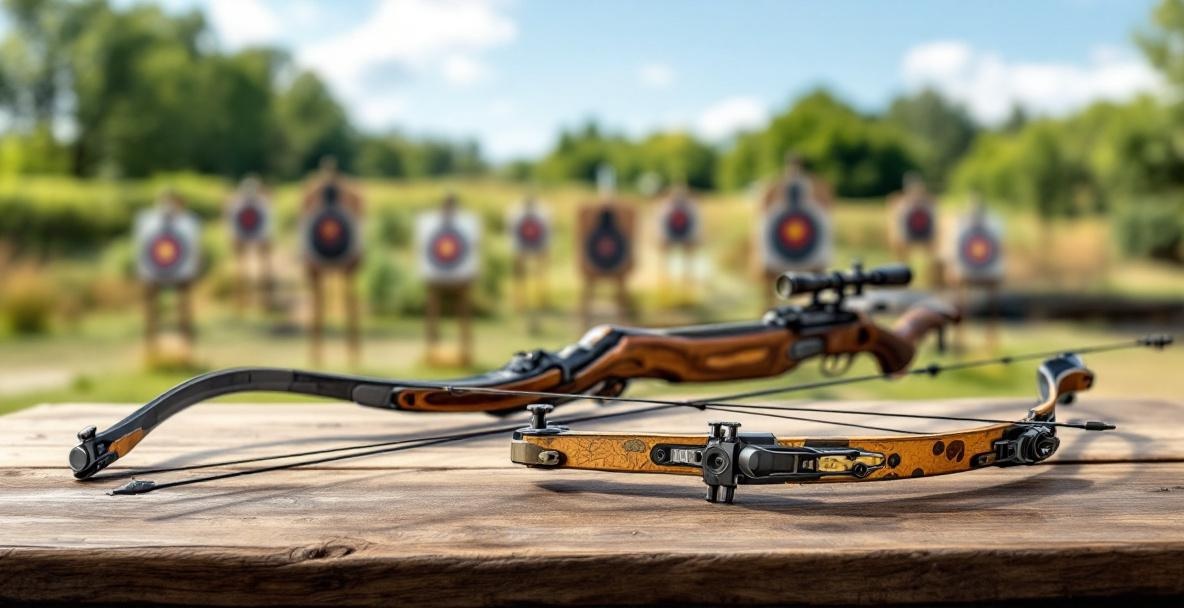Choosing your first bow can change your whole archery journey. Whether you lean toward a classic recurve bow with its old-school charm or a modern compound bow packed with smart features, the choice will shape your shots and your fun on the range. At OneX Archery, we have seen how the right bow can boost your performance and bring more joy to your practice.
What Sets These Bows Apart?

Compound bows burst onto the scene in the 1960s and stirred up plenty of debate among archers. Many stick with the elegant recurve design for its timeless feel, while others choose compound bows for their enhanced power and precision. These differences affect your shooting style, the way you learn, the upkeep you need, and the competitions you can join. Knowing these details is key whether you are just starting out or looking to upgrade your gear. Your bow choice will not only change your technique but also determine the kind of accessories you rely on for success.
The Basics: What You Need to Know

Before we compare how they perform, it helps to know what makes each bow tick. Even though they might look similar at first, the core designs lead to very different experiences. A recurve bow works in a traditional way, while a compound bow brings modern twists to the game. Both have their own strengths that can change your shooting skills.
What Exactly Is a Recurve Bow?
A recurve bow is known for its curved limbs, which bend away from you when the bow is not strung. This design dates back centuries but still wins favor today because it stores more energy than a bow with straight limbs. Recurve bows are built from four main parts: the riser (that solid handle you grip), the limbs, the string, and the arrow rest. Many models let you take the limbs off easily, which makes packing and upgrading a breeze.
The simple design is part of the bow's charm, but it also means you need to work hard to master your technique. You must hold all the drawn weight, so strength and proper form are a must. Accessories like clickers and stabilizers help keep things steady, yet you have a direct, full connection with your bow every time you shoot.
What Makes a Compound Bow Different?
Compound bows brought a modern twist to archery when they were invented in the 1960s. They use a mix of cables, cams (those oval wheels you often see), and pulleys to give you extra help when drawing the bow. The big breakthrough is the let-off feature. This means that while the weight gets heavy as you pull back, it drops off by as much as 65-90% at full draw so you can hold it easier. This extra support gives you more time to line up your shot perfectly.
Most compound bows come with a sturdy riser and shorter, stiffer limbs along with the cam system. They often include a peep sight in the string and a mechanical release instead of using your fingers. Their compact design makes them easier to use in tight spaces, such as hunting blinds or dense woodlands.
How They Feel in Action

When you try out both bows, the way they perform under your grip will tell you a lot about which one fits your style. Understanding their strengths and quirks can help you choose the bow that works best for your goals and skill level. Whether you want simplicity or high-tech features, knowing what to expect will boost your confidence with every shot.
How Easy Is It to Use?
Recurve bows are delightfully simple. You can string one quickly and start shooting with little fuss. However, that same simplicity means you need to build strength and a steady form by holding the full draw weight every time. Beginners or those still developing upper body strength might find this challenging. On the plus side, maintain a recurve is a snap; a regular string change and quick limb check are often all that is needed. With plain parts and fewer moving bits, there is less that can go wrong out in the field.
Compound bows, on the other hand, offer smart features that can really help improve your shooting. Their let-off system lets you hold the bow at full draw with much less strain, giving you extra time to line up a perfect shot. This is especially helpful for hunters waiting patiently for the right moment. But remember, these bows need careful tuning. Getting the cam system right, setting the draw length, and adjusting the let-off all call for extra care or even professional help. Plus, there are more parts involved, like cables and cams, which might need attention sometimes.
Accuracy and Strength in Your Shot
Many archers say that recurve bows give a smooth, natural feel. The weight builds steadily as you draw the string, which can feel very connected and organic. This made-for-you feel can be great for instinctive shooting, even though you have to work extra to keep your form when you hold the full draw. Adding stabilizer weights can help a lot by keeping your aim steady.
Compound bows usually win when it comes to precision, especially at long distances. The let-off allows you to hold your sight steady for a better aim. Features like mechanical release aids and accurate sight systems add to the overall accuracy. With a rigid limb design and efficient cam system, these bows deliver faster arrow speeds along with consistent performance. This power and accuracy make compound bows a favorite for hunters looking for that extra edge.
Finding the Bow That Suits You Best

Deciding on the right bow comes down to your own needs and what you enjoy in archery. Your personal goals, strength, and style all play a part in the decision. Taking time to understand these factors can help you settle on the bow that feels like home.
Define Your Archery Goals
Start by thinking about how you want to use your bow. Do you dream of competing in target events, or is hunting more your style? For Olympic-style competitions, a recurve bow is the way to go because that is the format used in those events. If you are leaning toward hunting, the ability to hold a compound bow steady with less effort may tip the scale in its favor. Many archers take time to try both types and see which one feels best for their shooting style.
Factor in Your Budget
Your budget is an important part of the equation. Recurve bows usually have a lower starting price, with basic models ranging from $150 to $300. However, if you want a top-notch recurve with high-quality parts, the cost can climb over $1,000. Compound bows typically start at $300 to $500, and advanced models can cost up to $2,000 or more. They also need extra accessories like release aids and special sights right from the start, along with more frequent upkeep on parts such as cables and cams. Thinking long term means looking at both the initial cost and the ongoing expense of keeping your bow in tip-top shape. No matter which bow you choose, adding quality stabilizer weights can really boost your stability and balance.
Your Bow, Your Choice – The Final Word
Both bow types have their own special strengths. Classic recurve bows connect you directly to the roots of archery with a simple, natural feel, while compound bows offer modern tweaks that can sharpen your aim and lighten the draw during crucial moments. Your final choice depends on what you want to get out of your archery practice, your physical strength, and your personal taste. Many archers eventually enjoy both, each for its own set of benefits. Keep in mind that consistent practice, good form, and using the right accessories like quality stabilizer weights are key to making every shot count.
Ready to enhance your archery experience with either bow type? Visit OneX Archery today to explore our precision-engineered stabilizer weights that can dramatically improve your bow's balance, reduce hand shock, and help you achieve the consistent performance you're looking for. Our stackable system allows for customization with both recurve and compound setups, helping you find the perfect balance for your unique shooting style.
Leave a Reply